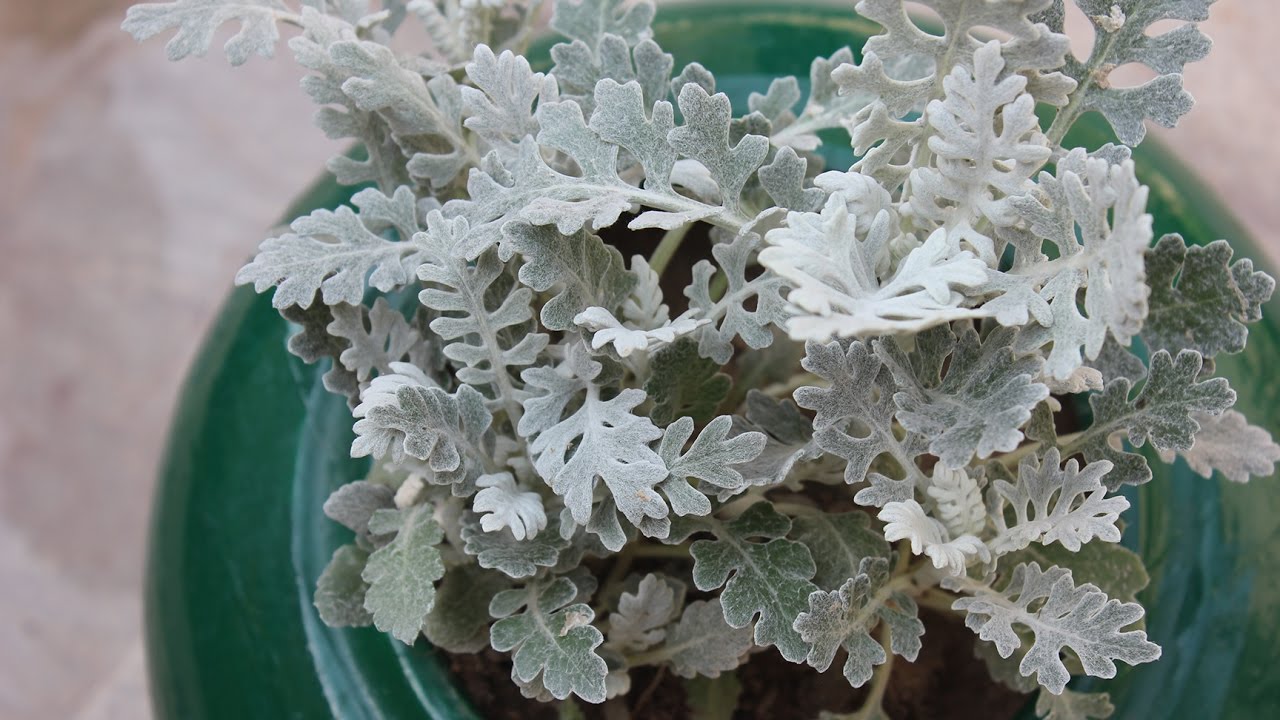
Dusty Miller, also known as Silver Ragwort or Jacobaea maritima, is a fascinating plant that has captured the attention of gardeners and plant enthusiasts around the world. With its distinctive silver-gray foliage and delicate texture, Dusty Miller adds a unique touch to any garden or landscape.
But there’s more to this enchanting plant than meets the eye. From its interesting history and versatile uses to its remarkable adaptability and surprising health benefits, Dusty Miller is a true gem in the world of plants. In this article, we will explore 12 mind-blowing facts about Dusty Miller that will leave you amazed and eager to include this plant in your own gardening endeavors.
Key Takeaways:
- Dusty Miller is a resilient, low-maintenance plant that adds texture and contrast to gardens. It’s also deer and rabbit resistant, making it a great choice for arid regions and pollinator gardens.
- This Mediterranean native plant has medicinal uses, symbolizes protection, and attracts beneficial insects. Its easy propagation and versatility in floral arrangements make it a captivating addition to any garden.
Resilient and Drought-Tolerant
Dusty Miller is well-known for its ability to thrive in harsh conditions. This plant is incredibly resilient and can withstand extended periods of drought, making it the perfect choice for arid regions or gardens with limited water resources.
Adds Texture and Contrast
With its distinct silver-gray foliage, Dusty Miller provides a striking contrast to traditional green plants in the garden. Its unique texture adds depth and visual interest, making it a popular choice for garden borders, containers, or as a stunning focal point.
Low Maintenance
If you’re a busy gardener or someone who prefers low-maintenance plants, Dusty Miller fits the bill. This plant requires minimal care and attention, and is generally disease and pest resistant. Its ability to tolerate various soil types further adds to its low-maintenance nature.
Medicinal Uses
In addition to its ornamental value, Dusty Miller has a history of medicinal usage. Traditionally, it has been used to treat various ailments such as fever, digestive issues, and respiratory conditions. However, it’s important to consult a healthcare professional before using Dusty Miller for medicinal purposes.
Symbol of Protection
In folklore and ancient traditions, Dusty Miller is often regarded as a symbol of protection. It was believed to ward off evil spirits and protect against negative energy. Many people still incorporate Dusty Miller into their gardens or homes for its symbolic significance.
Deer and Rabbit Resistant
One of the many advantages of Dusty Miller is that it is deer and rabbit resistant. These animals typically avoid consuming this plant due to its fuzzy texture and bitter taste, making it a fantastic option for gardens in areas where deer and rabbits are common pests.
Attracts Beneficial Insects
Dusty Miller’s delicate yellow flowers attract beneficial insects such as bees and butterflies, making it a valuable addition to pollinator gardens. By planting Dusty Miller, you can contribute to the conservation of these crucial insect populations.
Versatile Companion Plant
Due to its striking foliage and unique texture, Dusty Miller is a versatile companion plant. It pairs well with various flowering plants, offering a contrasting backdrop that enhances the overall visual appeal of the garden.
Used in Floral Arrangements
The distinct foliage of Dusty Miller is often sought after by florists for use in floral arrangements. Its silver-gray leaves act as a beautiful filler, complementing vibrant blooms and adding an enchanting touch to bouquets and centerpieces.
Not Exclusive to Gardens
Dusty Miller is not restricted to traditional gardens. It can be grown in containers, hanging baskets, or used as an edging plant. Its adaptability and versatility make it suitable for a vast range of gardening styles and preferences.
Indigenous to Mediterranean Region
Dusty Miller is native to the Mediterranean region, where it thrives in the arid and sunny climates. Its ability to withstand intense heat and dry conditions makes it a popular choice for Mediterranean-style gardens and landscapes.
Easy Propagation
Propagating Dusty Miller is a breeze. It can be easily grown from seeds, cuttings, or by dividing mature plants. This makes it a great plant for beginner gardeners or those looking to expand their plant collection through propagation.
These 12 mind-blowing facts about Dusty Miller highlight the unique characteristics and benefits of this remarkable plant. Whether you’re a gardening enthusiast or simply appreciate its beauty, Dusty Miller is a captivating addition to any landscape or garden. Consider incorporating this versatile plant into your green space and enjoy its striking silver-gray foliage for years to come!
Conclusion
In conclusion, Dusty Miller is a fascinating plant that offers more than just its striking appearance. From its unique silver-gray foliage to its ability to thrive in various growing conditions, Dusty Miller is a versatile and resilient plant for any garden or landscape. Its adaptability, low maintenance requirements, and numerous benefits make it a popular choice among gardeners and landscapers.Whether you’re looking to add texture and contrast to your flower beds, create a stunning backdrop for colorful blooms, or simply want an interesting plant to spark conversation, Dusty Miller is an excellent choice. Its ability to attract beneficial insects, withstand drought conditions, and resist pests and diseases are additional reasons to consider adding Dusty Miller to your garden.So, next time you come across Dusty Miller, take a moment to appreciate its unique beauty and the many benefits it brings to your garden. Whether you’re a seasoned gardener or just starting out, Dusty Miller is sure to add that extra touch of elegance and charm to your outdoor space.
FAQs
1. Is Dusty Miller a perennial or an annual plant?
Dusty Miller is a perennial plant that can also be grown as an annual in areas with harsh winters.
2. How tall does Dusty Miller grow?
The height of Dusty Miller plants varies depending on the variety, but they typically range from 6 to 18 inches.
3. Does Dusty Miller require full sun or can it tolerate shade?
Dusty Miller thrives in full sun but can tolerate partial shade. However, it tends to produce denser foliage and more vibrant color in full sun.
4. Can Dusty Miller handle drought conditions?
Yes, Dusty Miller is known for its drought tolerance. Once established, it can withstand dry spells without wilting or suffering significant damage.
5. Does Dusty Miller attract pests?
Dusty Miller is relatively resistant to pests such as aphids and mites. Its fuzzy leaves act as a deterrent, making it less appealing to common garden pests.
6. How do I care for Dusty Miller during the winter?
If you live in an area with harsh winters, it’s best to treat Dusty Miller as an annual or bring it indoors as a potted plant before the first frost. In milder climates, you can simply cut back the plant’s foliage and mulch around the base to protect it from freezing temperatures.
Was this page helpful?
Our commitment to delivering trustworthy and engaging content is at the heart of what we do. Each fact on our site is contributed by real users like you, bringing a wealth of diverse insights and information. To ensure the highest standards of accuracy and reliability, our dedicated editors meticulously review each submission. This process guarantees that the facts we share are not only fascinating but also credible. Trust in our commitment to quality and authenticity as you explore and learn with us.


